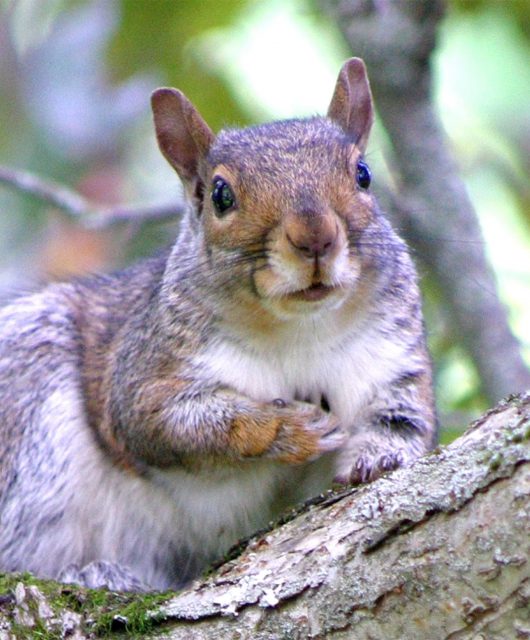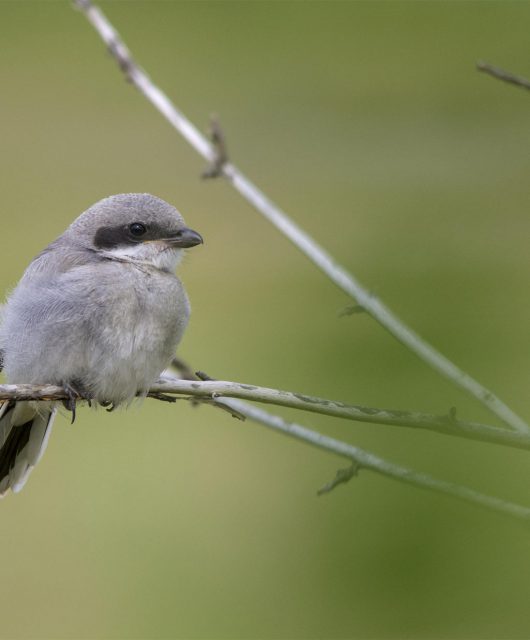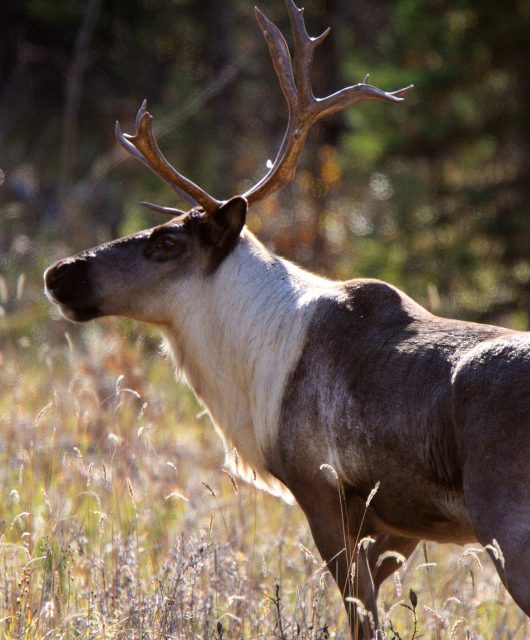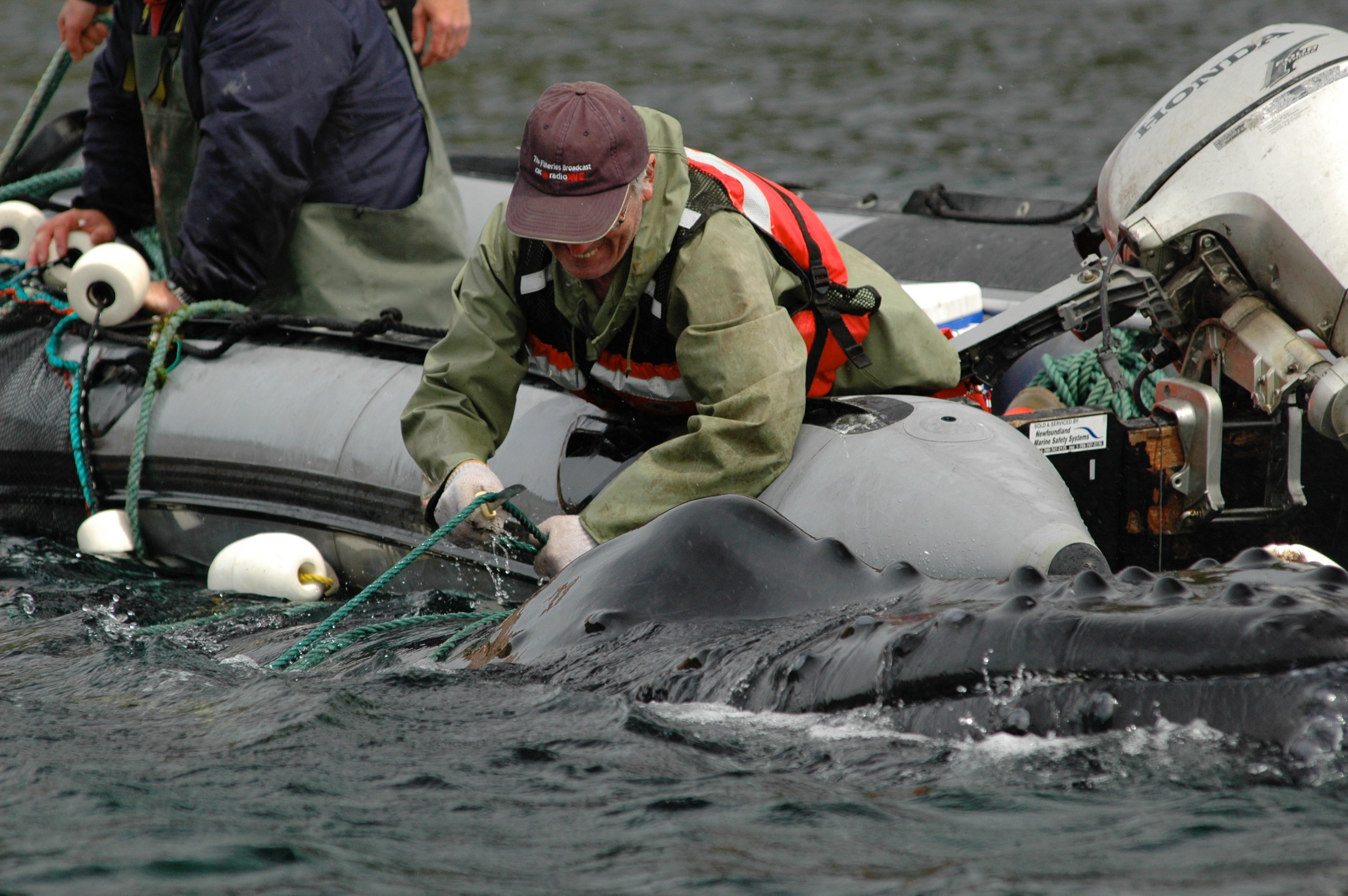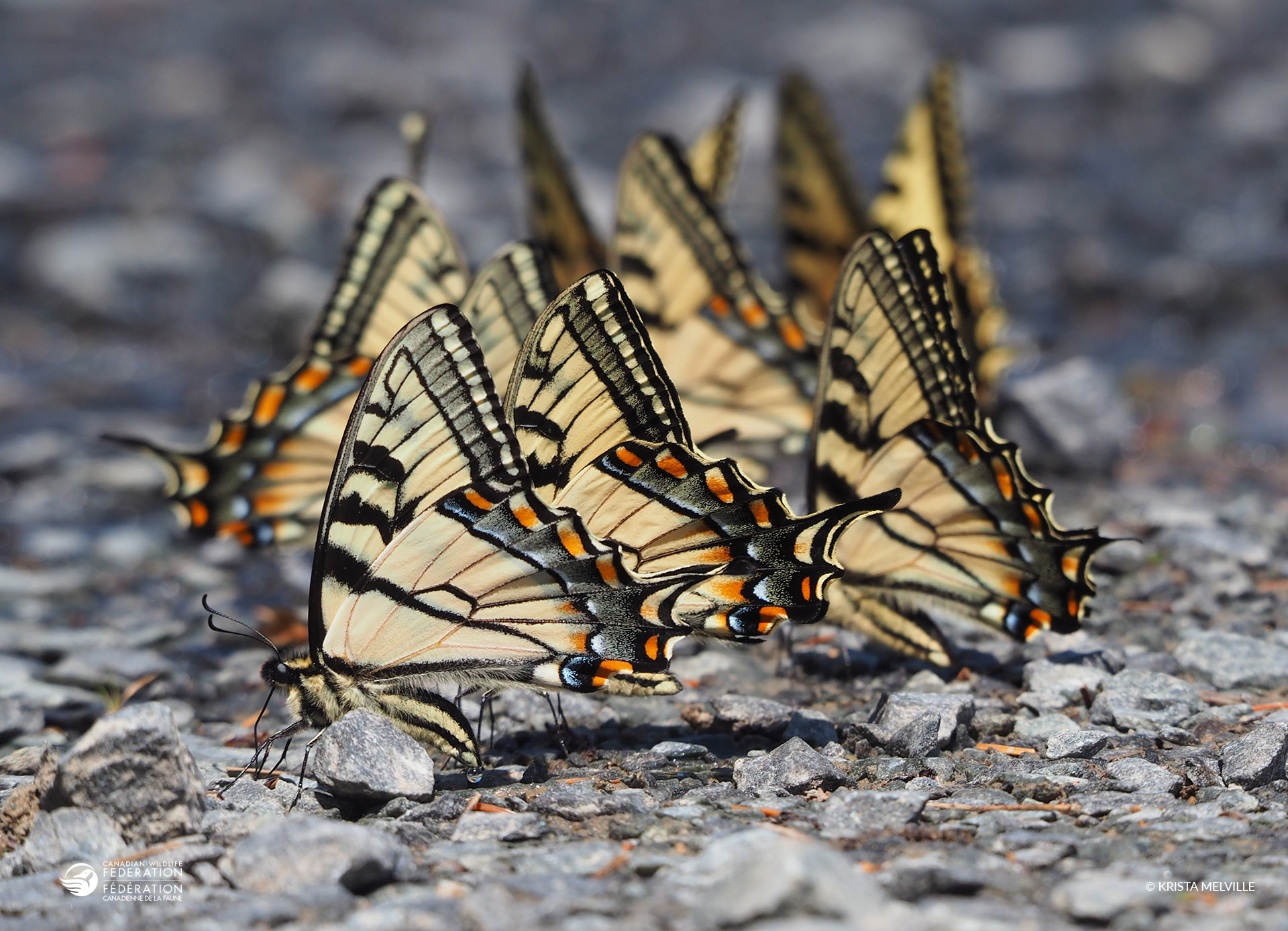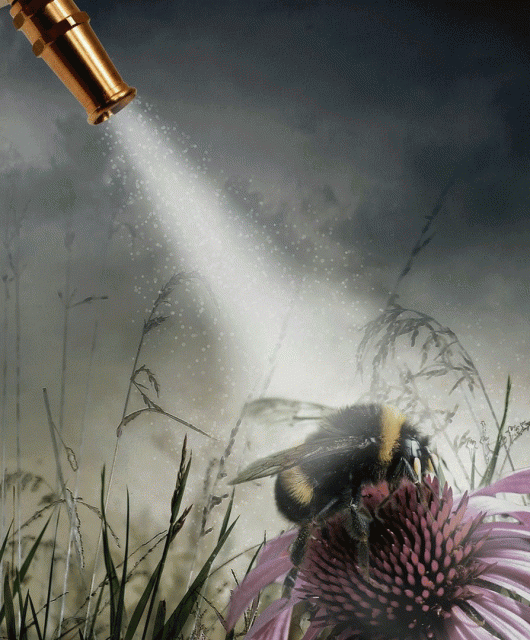Search Results for
c
Can Ropeless Fishing Gear Help Save the North Atlantic Right Whale?
Can Ropeless Fishing Gear Help Save the North Atlantic Right Whale? The North Atlantic right whale is one of the most critically endangered marine mammals. Of the estimated 411 individuals…
10 Years of White-nose Syndrome on Canada’s Bats: An Update
It has now been almost 10 years since white-nose syndrome, a devastating fungal disease of hibernating bats, was first found in Canada. There are 19 species of bats in Canada,…
Trick or Treat: Which Wildlife Play Tricks and Which Give Treats?
Trick-or-treating isn’t just for kids! Discover which animals have mastered the art of trickery and which are sweeter than others. Tricksters Many species have developed trickery as a survival tool.…
Cute But Deadly: Animals With Surprisingly Violent Tendencies
This Halloween, instead of donning a goblin or ghoul costume, why not dress up as one of these loveable but lethal animals? Northern Shrike The Northern Shrike is a North…
The Boreal Forest: Our Secret Weapon to Fight Climate Change
The boreal forest has occasionally been dubbed “the ugly forest.” The cold, needle-leaved antithesis to the fervid exuberance of tropical rainforests. It has often been ignored, too. Today, however, this…
Boreal Caribou Recovery: Status Update
What’s being done to conserve this iconic and threatened species? Boreal caribou are named after the habitat they call home – the boreal forest. These majestic animals are a population…
The Future of Commercial Fishing: Ropeless Gear?
Could ropeless fishing gear allow fishing to continue without entangling marine wildlife? As the mortality crisis for the North Atlantic Right Whale continues, researchers from the Marine Team at the…
How to Create a Pollinator-friendly Lawn
When did a lush, green lawn become a “healthy lawn”? Today, lawns consist of ornamental turf grass that is mowed and controlled to achieve a certain aesthetic. Lawns with “weeds”…
- Connecting With Nature
- Education & Leadership
- Endangered Species & Biodiversity
- Forests & Fields
- Gardening
Give Butterflies a Place to Drink
Interest in butterfly gardening is on the rise. It’s a good thing, too, as it is an important way to help butterflies and other pollinators. But did you know that…
- Connecting With Nature
- Education & Leadership
- Endangered Species & Biodiversity
- Forests & Fields
- Gardening
- Species
Pollinator Recovery? A Critical Step When Banning Neonics
Pollinators, such as bees, butterflies, moths and flies, play critical roles in ecosystems and in the production of our food. If you’ve eaten an apple or worn a comfy cotton…



